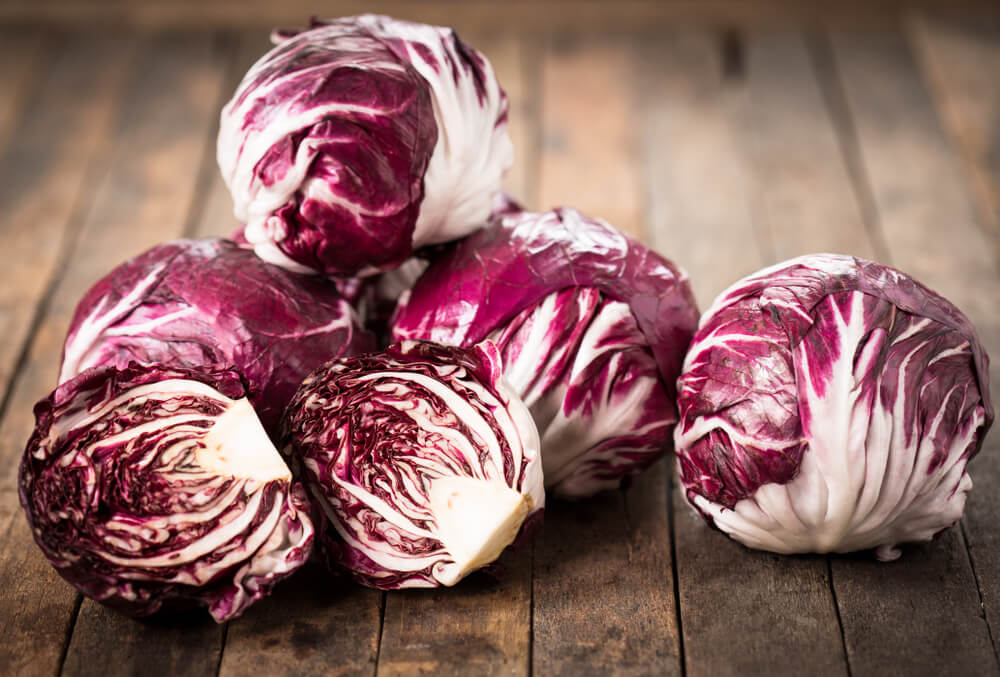
If you are new to growing your own Radicchio, you will want to know the basic guidelines for planting radicchio. Radicchio is a popular type of food and juice and is grown mainly in warmer climates. Before you start planting radicchio, you should have an idea about how much space you have available for planting radicchio, whether it is a large or small area, and what the planting time and weather conditions are going to be like. You should also have an idea about how long the plants can last, and how much sun or shade they will need.
It is not hard to care for your radicchio plants, but there are a few special considerations that you should keep in mind. Radicchio is not very tolerant to extreme temperatures, and you should plan on trying to grow them in your garden from the fall of one year to the spring of the following year. If you live in a warm climate, you should plant your radicchio plants from March to May, but keep an eye on the temperatures during this time. When the temperature gets too hot, or if the days and nights get very cold, your radicchio plants may not be able to tolerate the extra heat or cold. For this reason, you should try to move your plants to a cooler area to increase their exposure to cooler temperatures.
Radicchio usually grow in groups of one to three heads. You should divide your radicchio crops according to how many heads you have in your garden bed. Some varieties only have one head, while others have as many as five heads. If you have five heads, place these in a large pot, and fill the pot with moist soil. You should give the plants between two and three hours of sunlight per day, and make sure you water the soil thoroughly after every watering.
Once you have established a growing location, you should begin replanting your radicchio plants. Keep in mind that you should only replant them while they are still growing, and not after the fruits have begun to attach. The reason you should wait until the seedlings are fully grown is because when you spot them before they have attached, you will disturb their growth pattern and possibly cause the plant to burst, causing severe damage. By growing the seedlings in pots during the growing season, you will avoid this problem altogether.
After you have harvested your radicchio plant growing, you will want to place them in an area where they can receive ample amount of sun, which is a key element for promoting their growth. If you live in an area where you rarely see sunshine, you can still harvest radicchio with the help of an indoor greenhouse. There are certain conditions you will need to meet in order to grow radicchio indoors, such as a weathertight building and an adequate temperature. If you are growing your radicchio in a greenhouse, there is no need for you to wait for the weather to become perfect before harvesting your radicchio.
Some of the most popular varieties of radicchio plants include: treviso, Verona and hipbone. All of these varieties are suitable for being grown indoors. The most important thing is that when you are growing these types of radicchio indoors, you must ensure that you provide them with the right amount of sunlight, water and the correct growing conditions, which are mentioned above. Once you have established these conditions, you will be able to enjoy the delicious taste of your own homegrown tomatoes and vegetables.